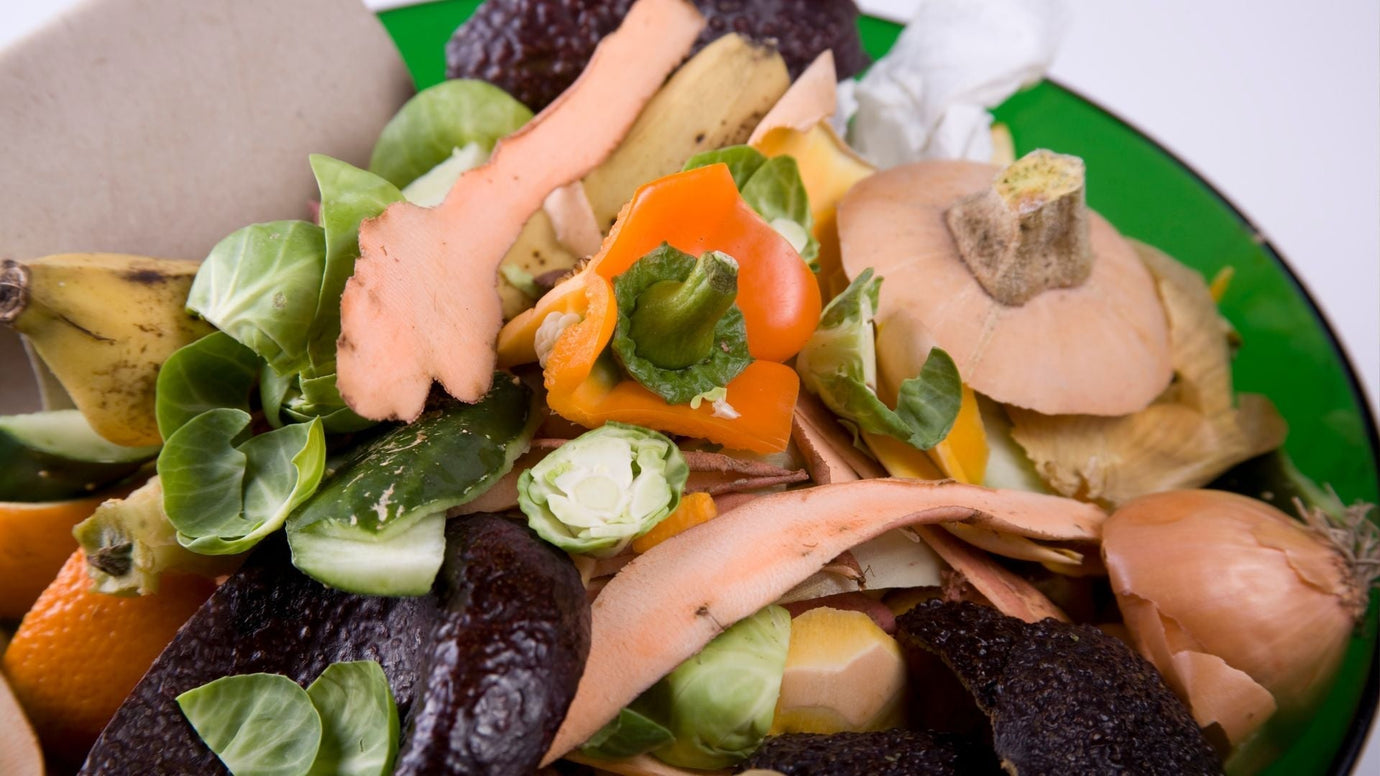Is Your Kitchen Appliance Really Making Compost or Just Drying Waste?
Many people want to reduce food waste, but not everyone has the time, space, or patience for traditional composting. New kitchen appliances promise to solve this problem by turning scraps into usable material quickly. But here’s the big question: are these machines actually creating compost, or are they simply drying waste?
The Difference Between Composting and Drying
To understand the difference, you need to know what composting means. Composting is a natural, biological process where microbes break down organic material into a nutrient-rich substance. This happens through aerobic composting, which requires oxygen, the right balance of food scraps, moisture, and time. The result is real compost, a material full of beneficial microbes that improves soil health and feeds plants.
Drying, on the other hand, uses heat to remove moisture from food scraps. This process reduces the volume and weight of the waste, but it does not fully transform the scraps into compost. The dried material may look soil-like, but it often lacks the microbial activity that defines true compost. You can add dried scraps to soil, but they may still need time to decompose before plants can benefit from them.

Why the Distinction Matters
For eco-conscious households, the difference is more than just technical. Real compost enriches soil, boosts plant growth, and supports long-term sustainability. Dried food waste, while reduced in volume, may not deliver the same results in a garden or houseplant pot.
This distinction is important for people who live in apartments or homes without space for outdoor piles. They rely on their appliance to deliver usable compost right from the countertop. If the machine only dries scraps, they miss out on the soil amendment they expect.
How Modern Technology Bridges the Gap
Some appliances have advanced far beyond simple drying. Machines like an electric kitchen composter use heat, grinding, and smart microbial processes to mimic aerobic composting in a compact, indoor-friendly format. They manage airflow, temperature, and timing to encourage microbial breakdown. This means the material that comes out isn’t just dried, it’s biologically active and ready to feed soil.
The addition of smart features has also changed the game. A smart composter can monitor cycles, track waste reduction, and even let you control settings through an app. For busy households, this makes composting more accessible and consistent. Instead of guessing, you can see exactly what’s happening and know when your compost is ready.
What to Look for in a Composting Appliance
Not all countertop units work the same way. Here are a few features to consider if you want more than just dried scraps:
-
Microbial Support: Look for a system that encourages microbial activity, not just heat-based drying.
-
Odorless Operation: Composting indoors should never mean dealing with smells. Modern machines use filters and smart airflow to keep kitchens fresh.
-
Soil-Ready Output: The result should be safe to use as a soil amendment right away.
-
Smart App Integration: The ability to monitor progress, set modes, and track food waste reduction adds real value.
-
Continuous Use: The best systems allow you to add scraps daily without disrupting the composting cycle.
When you see these features, you can feel confident that your appliance is producing something more useful than dried food waste.
How This Impacts Your Home and Garden
If your goal is to cut landfill waste and create something valuable for your plants, then a true composting system is the way to go. Compost delivers nutrients that chemical fertilizers can’t. It builds soil structure, holds water more effectively, and reduces the need for synthetic additives. Even houseplants benefit from small amounts mixed into their potting soil.
For families, this also becomes a teaching moment. Kids can see how daily food scraps transform into something that helps the garden grow. For apartment dwellers, it offers a way to make a positive environmental impact without needing outdoor space. For busy professionals, it’s a low-maintenance path to greener living.
Why Automation Makes a Difference
Older countertop units required frequent monitoring and cleaning. Modern options use automated cycles to simplify the process. An automatic composter handles airflow, temperature, and timing for you. This ensures scraps break down efficiently while staying odor-free.
Automation doesn’t just save time; it makes composting more reliable. Instead of wondering if your scraps are actually turning into compost, you can trust the system to deliver consistent results.
The Takeaway
When you invest in a kitchen composter, you want more than just reduced waste volume. You want a system that creates real compost; material that enriches soil, supports plant health, and helps reduce reliance on chemical fertilizers. The difference between drying and composting may seem small, but for your plants and the planet, it matters a lot.
Look for appliances that focus on microbial activity, odorless operation, and smart features that simplify the process. That way, you’ll know your machine is doing more than drying; it’s actually turning your kitchen scraps into something your plants will love.






